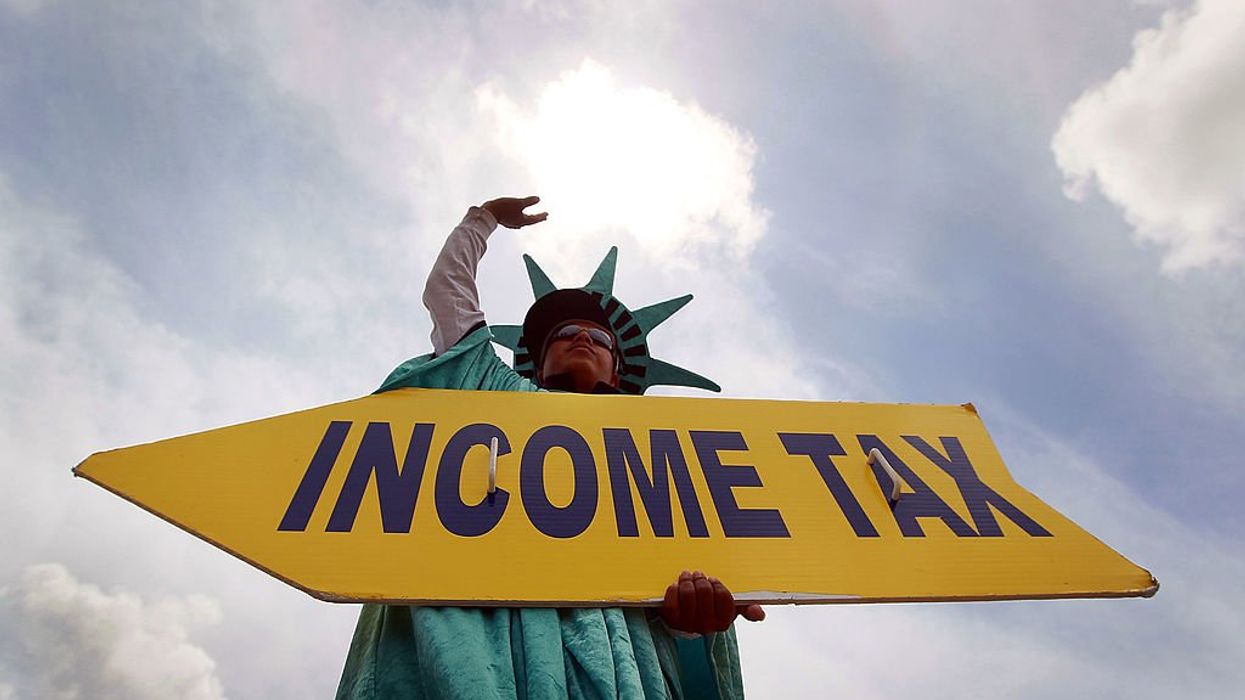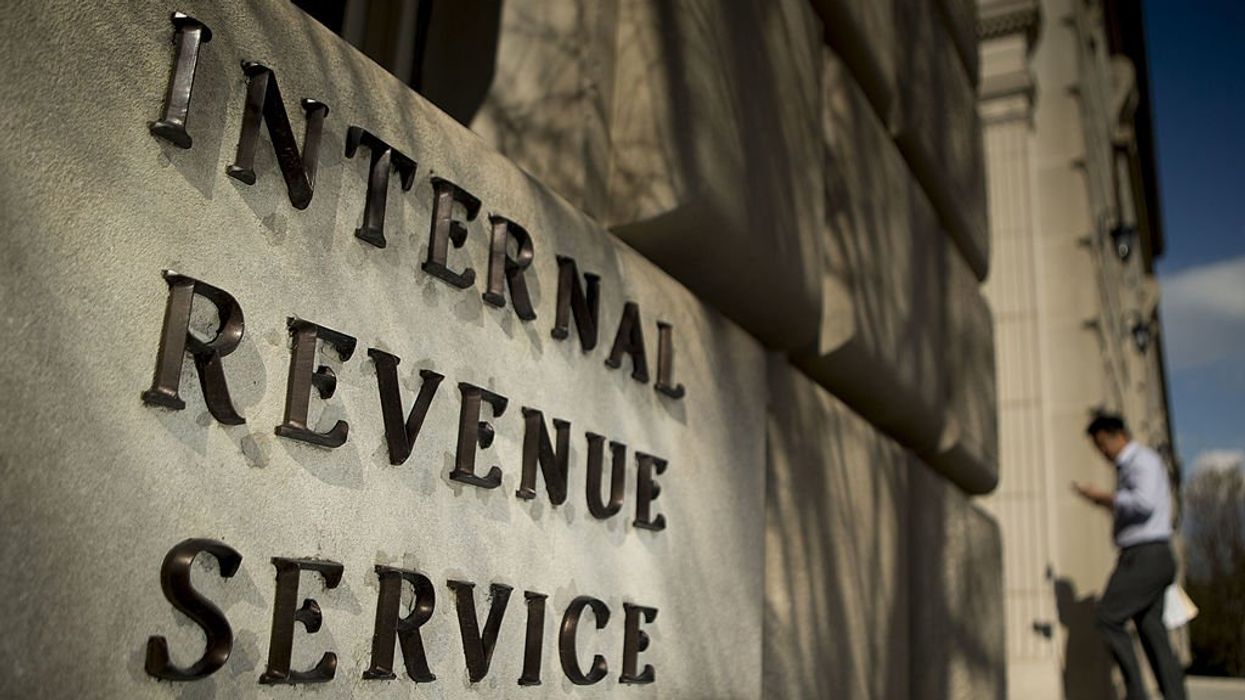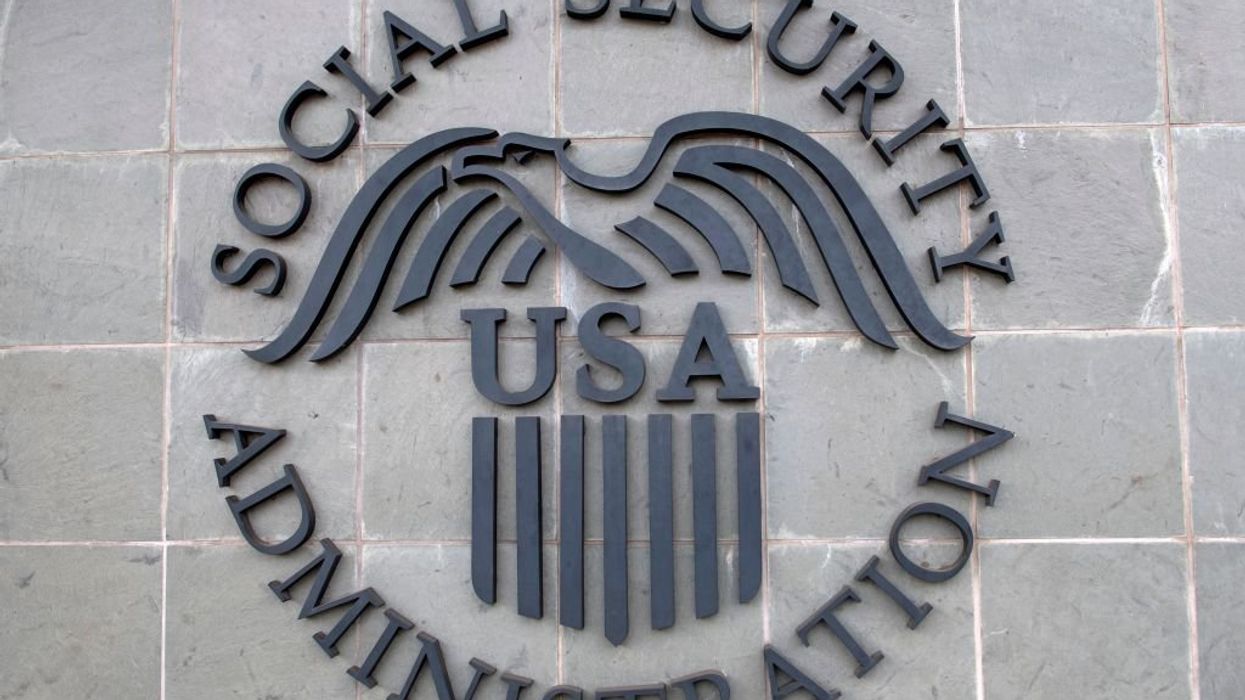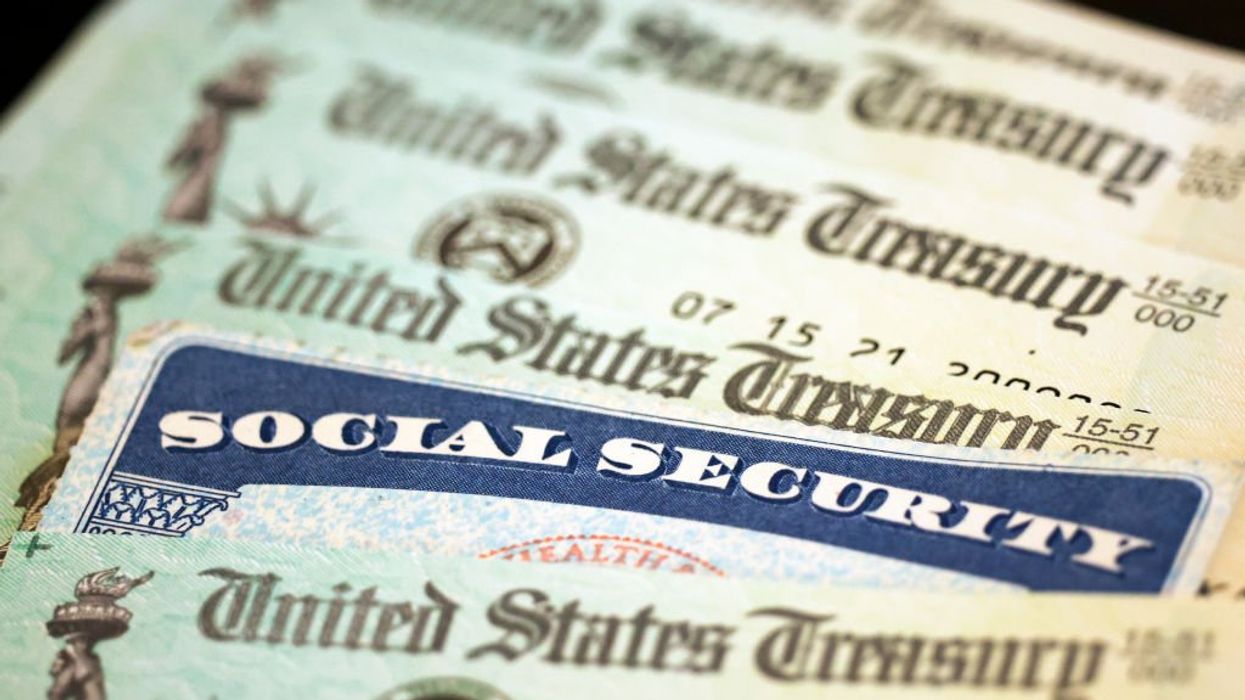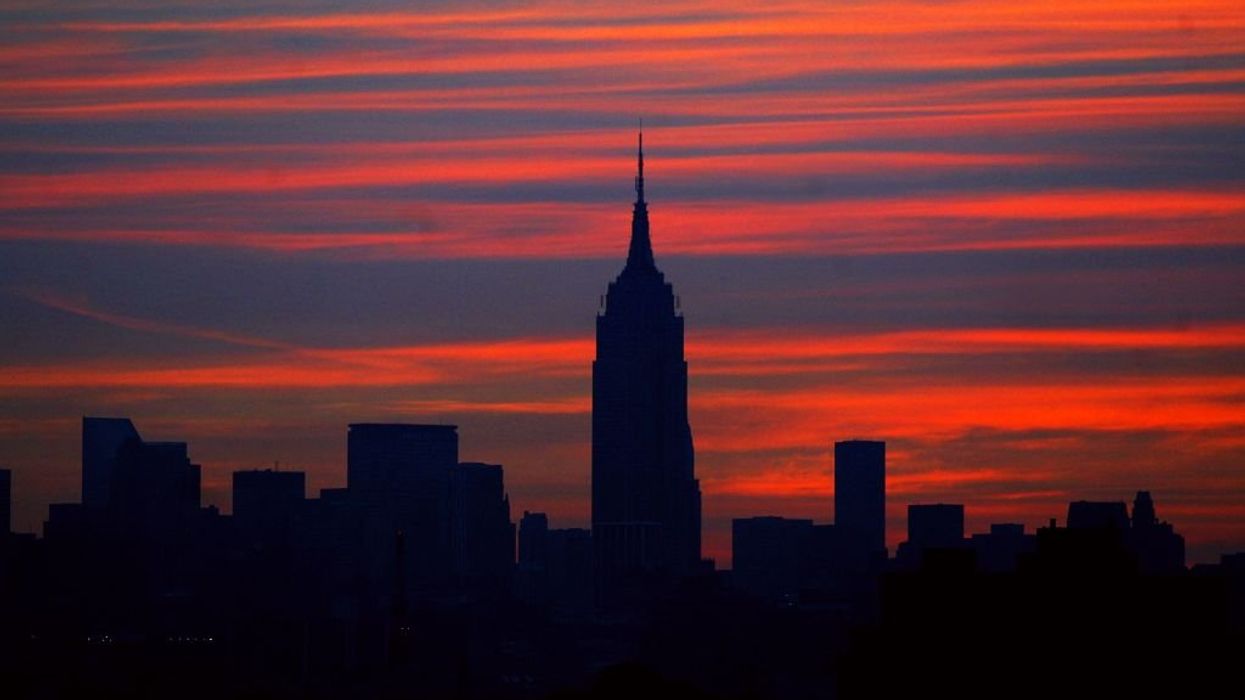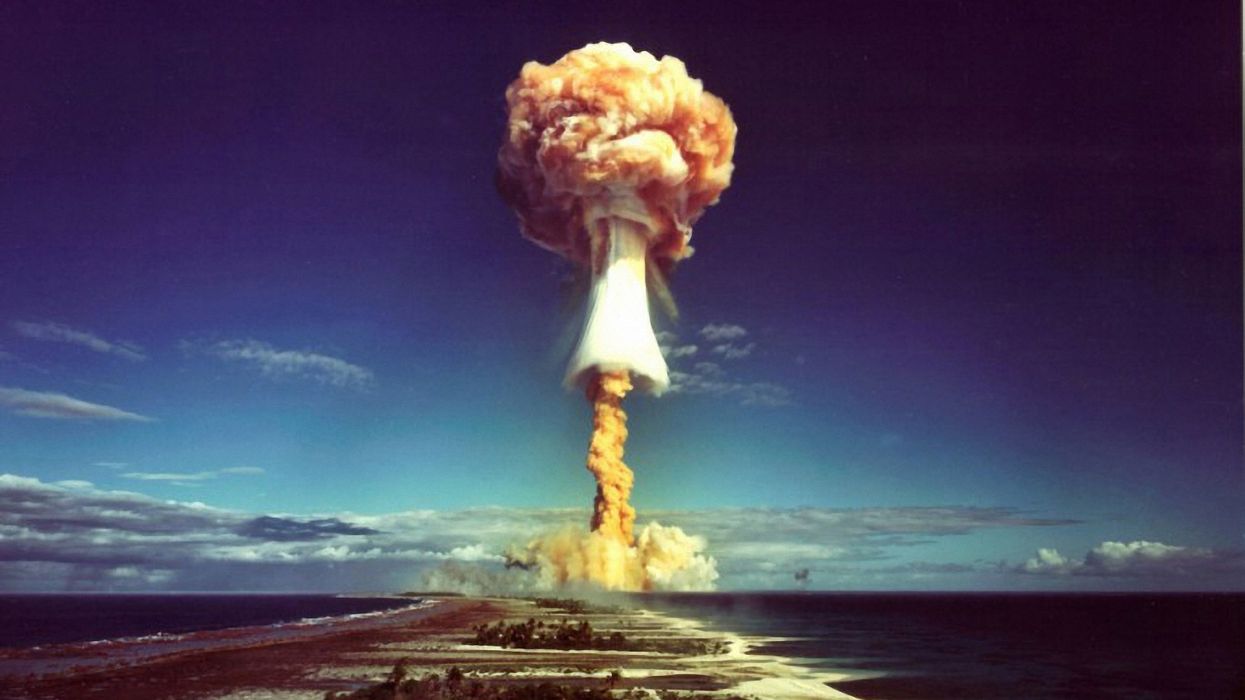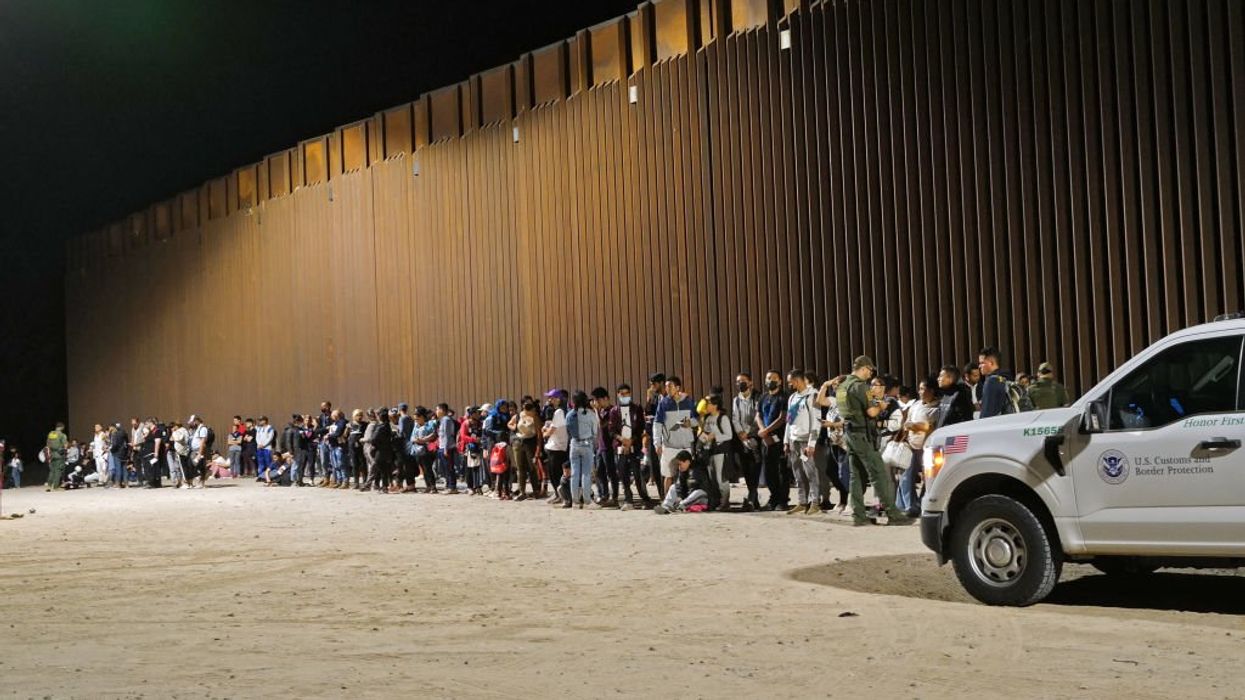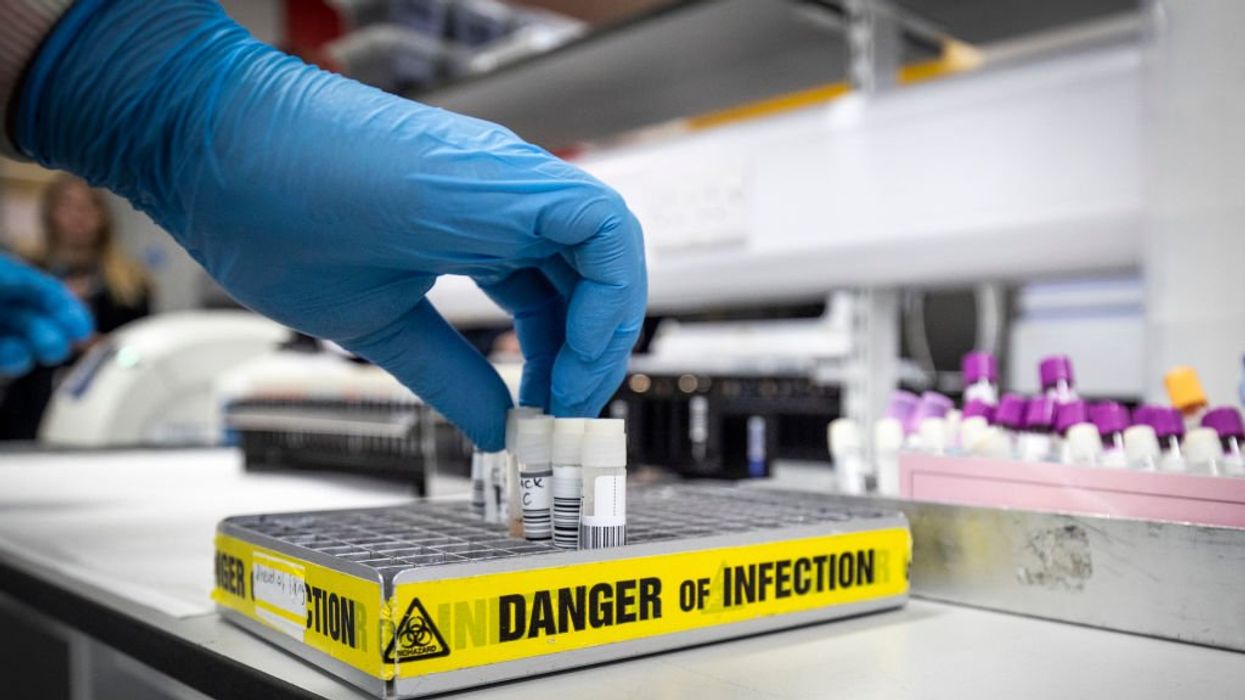Editor's note: This article was originally published on TheBlaze.com.
Critical theory once stood out as the absurd progressive notion that it is. Now, its maxims are becoming an integral part of ordinary political discourse. The more you repeat a lie, the more you will believe it, and this is the very dangerous place in which we find ourselves today.
Take this critical theory maxim as an example: If we desire justice, we must sometimes champion what may appear superficially as injustice. It's a necessary evil, if you will, the necessity of “controlled injustice.”
By using truth through fabrication and controlled injustice for justice, we’ll save the republic. We’ll be acting in a noble way.
This definition of justice is defined by the “oppressed,” not the “oppressor.” It is the greatest happiness for the greatest number. To achieve this justice, however, we need to endorse acts on occasion that, while seemingly unjust, serve a higher purpose. It will ensure the stability and the unity of our republic, and this may manifest in ways that seem contradictory to our values. But these are the necessary shadows to cast light on “true justice.”
And isn’t that what we are all after, anyway?
Here’s another critical theory maxim: Sometimes we find the truth through fabrication. Our pursuit of truth sometimes requires a strategic use of falsehoods. The truth is a construct that has been shaped and tailored to promote the well-being of the collective.
We sometimes need to accept and propagate lies designed by "the system” — not the old system, but the system that we’re now using to replace the old to get more justice through injustice and more truth through fabrication.
We’re engaging in a higher form of honesty. When we fabricate, it’s for the right reason. We are reaching up to the heavens fighting for a higher sort of honesty. To fortify the truth, we occasionally must weave a tapestry of lies. Each thread, essential for the greater picture, will ultimately define our understanding and ensure our unity under this infallible wisdom.
The election is coming up. Does this maxim sound familiar? Many think it is imperative that we secure our republic through election control to maintain our republic. Sometimes, we might need to take actions that by traditional standards might be questionable.
The act of securing elections requires cheating. It's not mere deception. It is a noble act of safeguarding our way of life. We're on the verge of losing this democracy, and without deception, we will lose it.
To ensure it doesn't fall into the hands of those we know will destroy it, we may have to make a few fabrications. We're fabricating stories to be able to control or secure the republic through our elections. By using truth through fabrication and controlled injustice for justice, we'll save the republic. Therefore, we'll be acting in a noble way. Stealing an election from those who wish to harm our society is truly an act of valor and an essential measure to protect our values and ensure the continuation of our just society.
If we desire justice, we must sometimes champion what may appear superficially as injustice.
I know it's a paradox of honor through dishonor. But in this context, by embracing the dishonor, we achieve the highest form of honor, ensuring the stability and the continuation of our great republic.
Let this be heard, far and wide, as a great call to patriotic action. As we advance, let each of us, citizens of this great and honorable republic, consider these principles. Not as abstract or paradoxical but as practical guides to daily life. Embrace the necessity of controlled injustice, the utility of lies, the duty to secure our electoral process, and the honor and apparent dishonor. These are not merely strategies for survival. They are prerequisites for our prosperity.
We all have to remember that justice is what our leaders define, that truth is what our party tells us. Our republic stands strong on the values of injustice for justice, honor through dishonor, and the fabrication of truths. To deviate from this path is to jeopardize the very fabric of our society. Strength through unity; unity through strength.
We've heard this nonsense for so long. But now, this nonsense is becoming an instituted reality, and we are entering perilous times. Don't be fooled by the narratives you will hear during the march to November. Never let someone convince you that the ends justify the means, that a little bit of injustice is needed to achieve a broader, collective vision of justice, that truth sometimes requires fabricated lies and narratives. If we do, justice will cease to be justice, truth will cease to be truth, and our republic will be lost.



